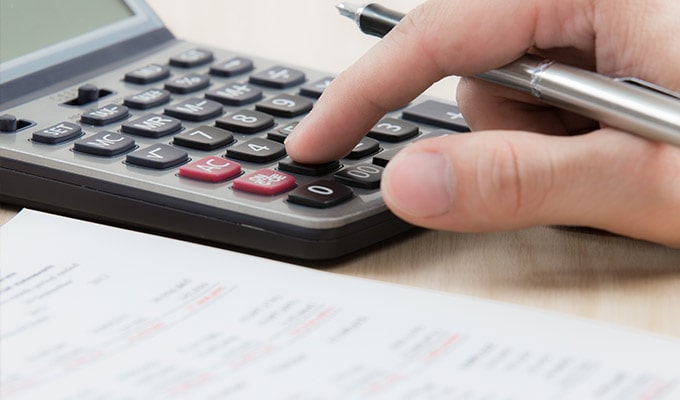7 Steps to Get Your Personal Finances in Shape

Improving your financial health is akin to hitting the gym to enhance your physical fitness. It requires dedication, establishing a routine, and monitoring your progress. If your goal this year is to save more, it’s a perfect time to assess your household finances and identify areas where your hard-earned money is being squandered. By following these seven steps, you can embark on the journey to achieve greater fiscal fitness.
1.Know how much you make. Most folks know how much money they make. But people can get sidetracked by looking at the revenue rather than the profit. It’s the profit that counts, the actual earnings that make it into your personal pocketbook.
2. Know how much you spend. Wonder where all your money goes? Then you don’t know how much you’re spending. And that lack of knowledge can kill your finances. To keep a handle on spending, plan for it. Call it a budget or a spending plan, but whatever you label it, it doesn’t have to be complicated. Start by listing your ‘must pay’ monthly bills like:
- Mortgage or rent payment
- Home and vehicle insurance
- Utilities
- Groceries and household goods
- Child care
- Vehicle loans
- Gasoline and vehicle maintenance
- Payments on credit card balances
- School tuition (or student loans)
- Clothing
- Vet bills for Fido
- Estimated taxes if you are self-employed
Next, list your “like to have” monthly expenses.
- Entertainment
- Eating out
- Travel and vacations
3. Do the math. Add up everything that you are spending. Subtract your monthly spending from your monthly income. How does it look? Do you have enough money left over to build a family emergency fund? Enough to contribute to your retirement plan? Enough to start saving for a big expenditure in the near future?
4. Pay off your debts. Devise a plan to get rid of your debts. You’ll never get ahead financially if you’re paying interest charges on credit card balances, student loans, or other consumer debt.
5. Build an emergency fund. It’s important to establish an emergency fund to prepare for unexpected financial situations. Having reserved funds allows you to handle unforeseen expenses, such as a leaking water heater, without accumulating debt on your credit card. The general guideline is to save three to six months’ worth of living expenses in your emergency fund. However, the required amount may vary depending on factors such as the size of your family and financial obligations. It is important to keep your emergency funds in a secure and easily accessible investment. Money market accounts or savings accounts are suitable options for this purpose.
6. Save for major expenditures. Major expenditures hit every household. Maybe you need a down payment on a new home. Perhaps you are planning for a child’s education. Whatever is on your future wish list, start saving now. This money should not be part of your emergency fund or your retirement fund. Earmark a certain amount of your monthly household income for each major expenditure you expect to make in the future. Make this savings a part of your budget, just like groceries and gasoline, and you’ll be more likely to reach your goal.
7. Save for retirement. Failing to save for retirement can diminish the quality of your golden years. Regardless of your age, it is crucial to develop a retirement plan and begin contributing to a retirement account. Various options are available, ranging from traditional IRAs to specialized plans tailored for self-employed individuals. Take the initiative to educate yourself about these options, make informed decisions, and make a commitment to save for retirement. By taking these steps, you can secure a more financially stable and fulfilling future.